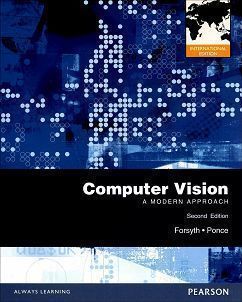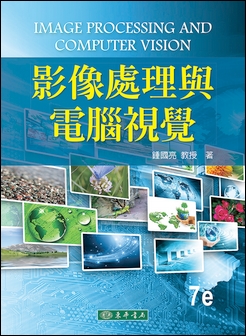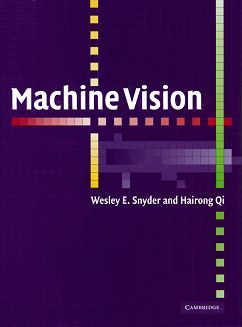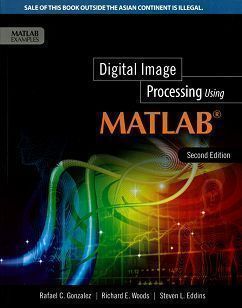書籍分類

Computer Vision: A Modern Approach 2/e
作者:David A. Forsyth, Jean Ponce
原價:NT$ 1,250
ISBN:9780273764144
版次:2
年份:2012
出版商:Pearson Education
頁數/規格:791頁/平裝單色
版次:2
年份:2012
出版商:Pearson Education
頁數/規格:791頁/平裝單色
內容介紹 本書特色 目錄
- Description
This textbook provides the most complete treatment of modern computer vision methods by two of the leading authorities in the field. This accessible presentation gives both a general view of the entire computer vision enterprise and also offers sufficient detail for students to be able to build useful applications. Students will learn techniques that have proven to be useful by first-hand experience and a wide range of mathematical methods.





